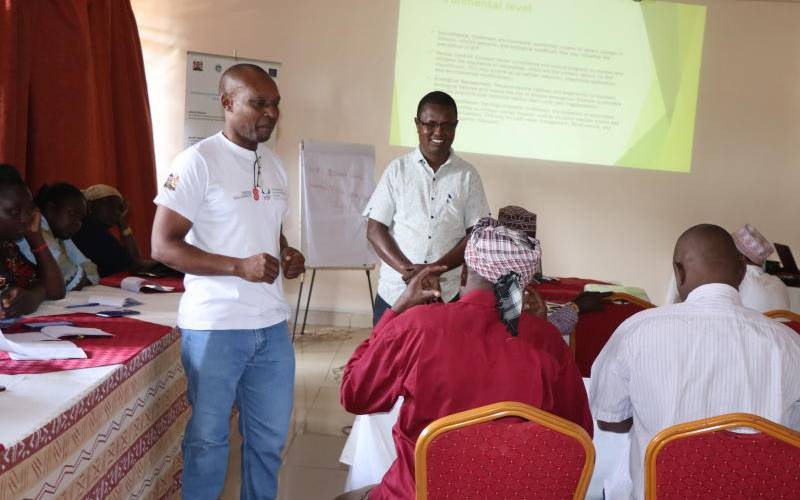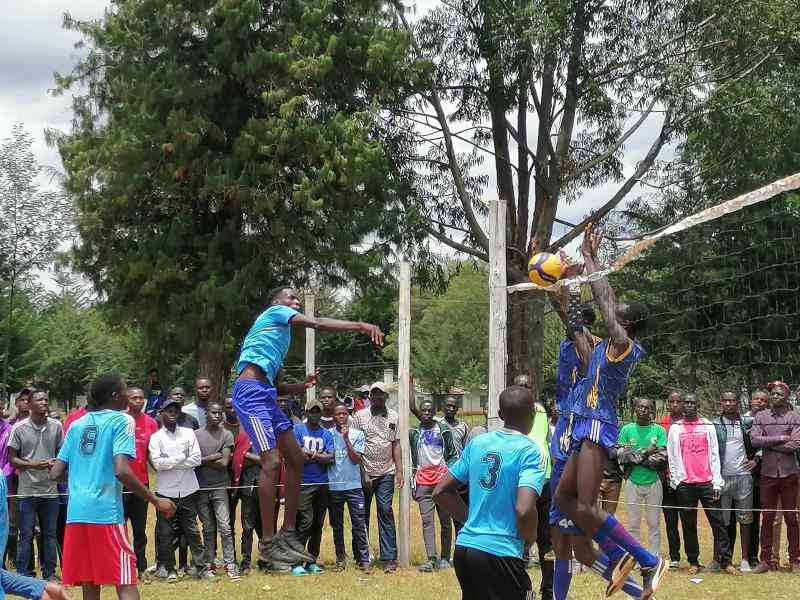Title: Dance of the Jakaranda
Author: Peter Kimani
Publisher: Akashic Books.
Price: $15.95.
Not a week goes by, it seems, without a great new novel or collection of short stories by a writer from one of the many nations of sub-Saharan Africa: about the riotous underworld of Pointe Noire, Republic of Congo, by Alain Mabanckou, Africa’s Samuel Beckett, who now teaches at UCLA; about the migrant experience and the American dream, by Imbolo Mbue, a Cameroonian writer whose first novel, “Behold the Dreamers,” sold for a million-dollar advance; about the politics of hair by Chimamanda Ngozi Adichie, the Nigerian storyteller who was at the vanguard of the current vogue with Purple Hibiscus, and whose second novel, “Half of a Yellow Sun,” was set against the backdrop of the Biafran war.
Now, in addition to the more contemporary settings — the funky jazz dives with their mugithi music and the eternal dislocation of “Afropolitan” migrants, “not citizens, but Africans of the world,” as Taiye Selasi calls them — African writers are also exploring historical fiction. In Mount Pleasant, Patrice Nganang, another well-received Cameroonian writer, who teaches at Stony Brook University, brings to life the magical community of artists and intellectuals that peopled his nation before colonialism; the enigmatic storyteller Petina Gappah, a lawyer who was born in Zambia and raised in Zimbabwe, is retelling David Livingstone’s epic journey to the interior of Africa as seen by the porters he took with him, who after his death, cut out his heart and buried it and then returned his body to the coast, where his final quest had started.
Night kiss
Into this literary caldron steps Peter Kimani, a Kenyan poet and novelist, who was born in 1971 and is a graduate of the University of Houston’s creative writing program. Dance of the Jakaranda is set both in the 1960s, at the time of Kenyan independence, and at the end of the 19th century, during the scramble for Africa, the historic race that brought black, white and brown people together to cut a 600-mile line of mostly single-track railway linking Lake Victoria and the headwaters of the Nile with the Indian Ocean at Mombasa.
The Kikuyu would later call it the “Iron Snake,” the British the “Lunatic Express.” Winston Churchill declared it “a brilliant conception,” adding that “the British art of ‘muddling through’ is here seen in one of its finest expositions. Through everything — through the forests, through the ravines, through troops of marauding lions, through famine, through war, through five years of excoriating parliamentary debate, muddled and marched the railway.”
Of the roughly 32,000 laborers from British India who were imported to build the line, nearly 7,000 stayed on afterward, the genesis of Kenya’s Indian community. The muddle and the march provide rich inspiration for Kimani. Amid the huge cast of characters that Dance of the Jakaranda brings together are three men: Ian Edward McDonald, a colonial administrator; Babu Salim, an Indian technician; and Richard Turnbull, a preacher. McDonald has come to the East Africa Protectorate from South Africa, where he had caught his wife in bed with her African gardener.
He stays on after overseeing the construction of the railway, having lost his campaign to be awarded a knighthood by his British masters but given another sort of title instead, the deed to a parcel of land “of his choice, anywhere in the colony.” He settles on a patch of the Rift Valley that he had spied from the train, overlooking Lake Nakuru. There he builds a house, the “Monument to Love,” in an unsuccessful attempt to win back his wife, which in turn becomes a private club and then, when the settlement grows into the town of Nakuru, the Jakaranda Hotel.
Much of the plot revolves around what happens after Babu, who, like McDonald, also works on the railway and then settles in Nakuru, is accused of fathering an illegitimate child, a girl who is eventually raised by Reverend Turnbull. The story is given traction in a modern parallel set in 1963, when Babu’s grandson Rajan, a crooner in a band at the Jakaranda Hotel, is kissed one dark night by a mysterious young woman who tastes of lavender.
Kimani has done a game job managing the carpentry of this ambitious novel, bringing great skill to the task of deploying multiple story lines, huge leaps back and forth in time and the withholding and distribution of information. Many first novels start well but end less capably, after the writer has expended an overabundance of effort on the opening chapters. Rarely do novels take off in the middle. Dance of the Jakaranda is an exception, which makes it even more interesting.
Once Kimani has his plotlines all set, his writing relaxes, and it’s here that you can see his raw talent. The final 100 pages of the book has riffs on Africa’s Big Man politics, the motormouth chefs who grill meat in Kenyan markets (a particular Kenyan kind of wide boy who cheats his customers, but always with a smile), the petty traders, the freehearted truckers and the “twilight girls,” who emerged from the racial straitjacket colonialism had imposed on the nation. I grew up in Kenya, and I have never read a novel about my own country that’s so funny, so perceptive, so subversive and so sly.
Fiammetta Rocco is the culture editor of ‘The Economist’ and its lifestyle magazine, ‘1843’.
Stay informed. Subscribe to our newsletter
- nytimes.com
 The Standard Group Plc is a
multi-media organization with investments in media platforms spanning newspaper
print operations, television, radio broadcasting, digital and online services. The
Standard Group is recognized as a leading multi-media house in Kenya with a key
influence in matters of national and international interest.
The Standard Group Plc is a
multi-media organization with investments in media platforms spanning newspaper
print operations, television, radio broadcasting, digital and online services. The
Standard Group is recognized as a leading multi-media house in Kenya with a key
influence in matters of national and international interest.
 The Standard Group Plc is a
multi-media organization with investments in media platforms spanning newspaper
print operations, television, radio broadcasting, digital and online services. The
Standard Group is recognized as a leading multi-media house in Kenya with a key
influence in matters of national and international interest.
The Standard Group Plc is a
multi-media organization with investments in media platforms spanning newspaper
print operations, television, radio broadcasting, digital and online services. The
Standard Group is recognized as a leading multi-media house in Kenya with a key
influence in matters of national and international interest.








